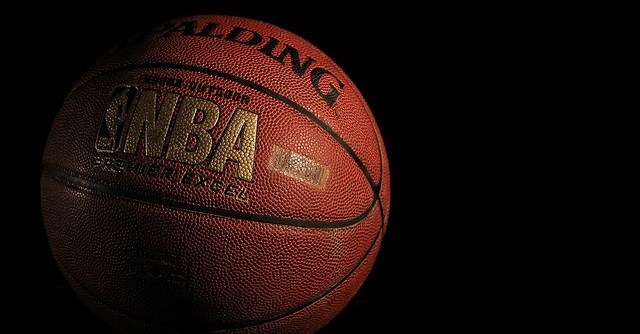
One season after mandating teams increase the amount of protective netting in ballparks across the country, Major League Baseball has decided to reverse course and completely remove all netting around the field. The move comes as the league considers several other changes to the game in an effort to make America’s favorite pastime more palatable to a modern audience who demand faster-paced excitement in professional sports. The change is expected to take effect after the All-Star break in early July.
“Major League Baseball recognizes the desire among modern viewers for a more dynamic and attention-grabbing experience,” said commissioner Rob Manfred in a statement issued last Friday. “The league has determined the best way to do so is by heightening the level of risk presented to those attending games. We believe the removal of all safety netting from all ballparks will ensure those in the stands pay closer attention to the action on the field throughout a typical major league outing.”
The sudden shift by MLB away from fan safety has personal injury attorneys jumping for joy. Top law firms in two-team cities, like the Schwartzapfel lawyers in New York City, are ready for the inevitable onslaught of new clients during the second half of the season. From concussions to permanent blindness, the list of potential injuries caused by the removal of safety netting at major league ballparks is long.
Responding to questions about the increased likelihood of teams being sued, a representative for MLB told Glossy News the league plans to mandate all 30 clubs install extra signage around their ballparks warning fans to watch out for flying objects. Fans will also be given the option to purchase protective face masks at the gate starting at $15.99 for junior sizes and $29.99 for adult. The league believes these two measures will convince jurors that fans injured during games were accepting the risks upon admission.
The increase in viewer engagement resulting from the removal of protective netting is expected to expand to the television audience as well. While physically safe from the potential harm caused by a ball hit sharply out of play, those at home will be curious to see the close calls as more fans are forced to narrowly dodge being struck in the face. Similar to how the morbid desire to see an awful crash drives some fans of NASCAR to watch races, those watching baseball games at home will find themselves tuning in to see if someone gets hurt.
84-year-old Hugh Jardon – lifelong Cardinals fan and season ticket holder behind home plate since 1987 – said the recent changes wouldn’t interfere with his faithful attendance. “I’ve lived a long and happy life,” Jardon said as he stood by the statue of his favorite player Stan “the Man” Musial outside of Busch Stadium. “I honestly can’t think of a better way to leave this world than being knocked out cold enjoying a ballgame. If the Lord thinks it’s the right time and place, so be it.”
When asked if he would buy a protective facemask, Jardon said no, “Because they’re overpriced.”
